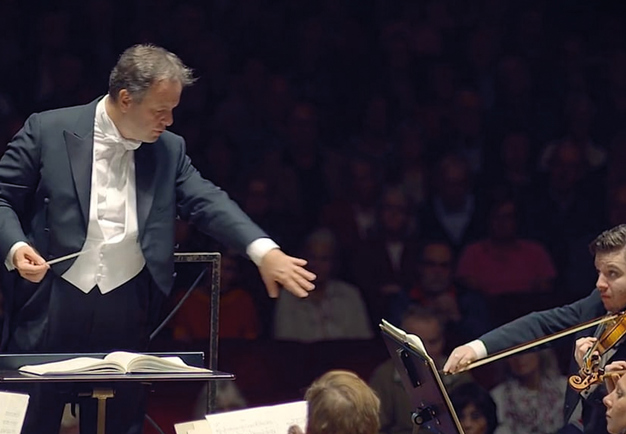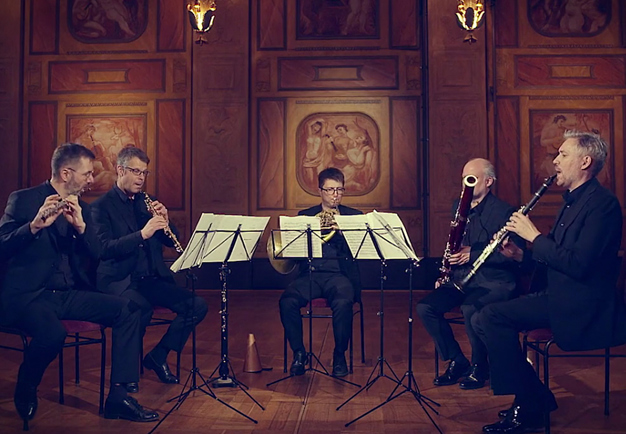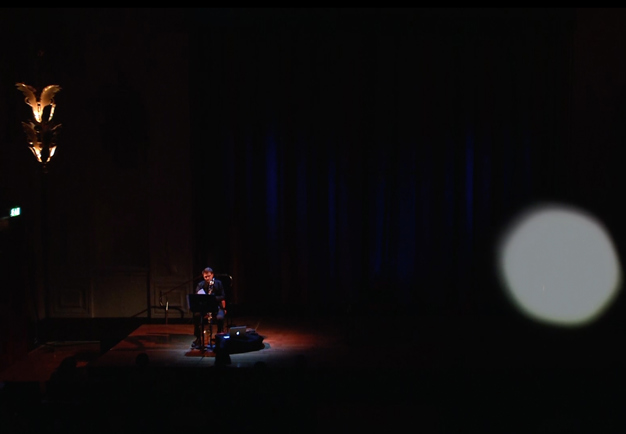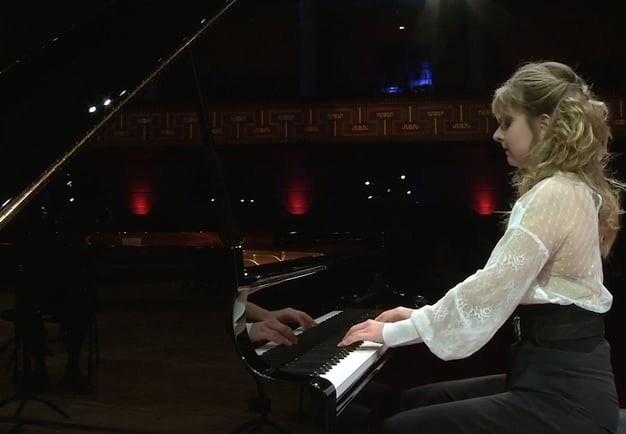Nielsen From Wind Quintet
“Five instruments in conversation with one another,” said Carl Nielsen himself.
About the video
- Published online 29 August 2023.
- The video is approximately 4 minutes.
- A musical excerpt from the series Mankind and Music, episode 5.
Carl Nielsen is one of the Nordic region’s best known and most prominent composers. His four symphonies are regularly performed at concert halls worldwide. One of his most played and popular pieces is the neo-classical, nature-inspired Wind Quintet. Nielsen said himself that it cannot be “played without great feelings for nature.” The music is full of surprising effects, as well as pastoral and idyllic elements.
***
This excerpt of music is from episode 5 of the series Mankind and Music. The five episodes are available to watch here on Konserthuset Play. Why does music exist? What happens to us when we make or listen to music? In this series, we explore answers to these questions together with musicians, listeners and researchers.
-
The music
-
Carl Nielsen From First Movement: Allegro ben moderato and Third Movement: Theme with Variations. Andantino festivo from Wind Quintet op. 43
-
Participants
-
Andreas Alin flute
-
Jesper Harryson oboe
-
Hermann Stefánsson clarinet
-
Jens-Christoph Lemke bassoon
-
Kristofer Öberg french horn




